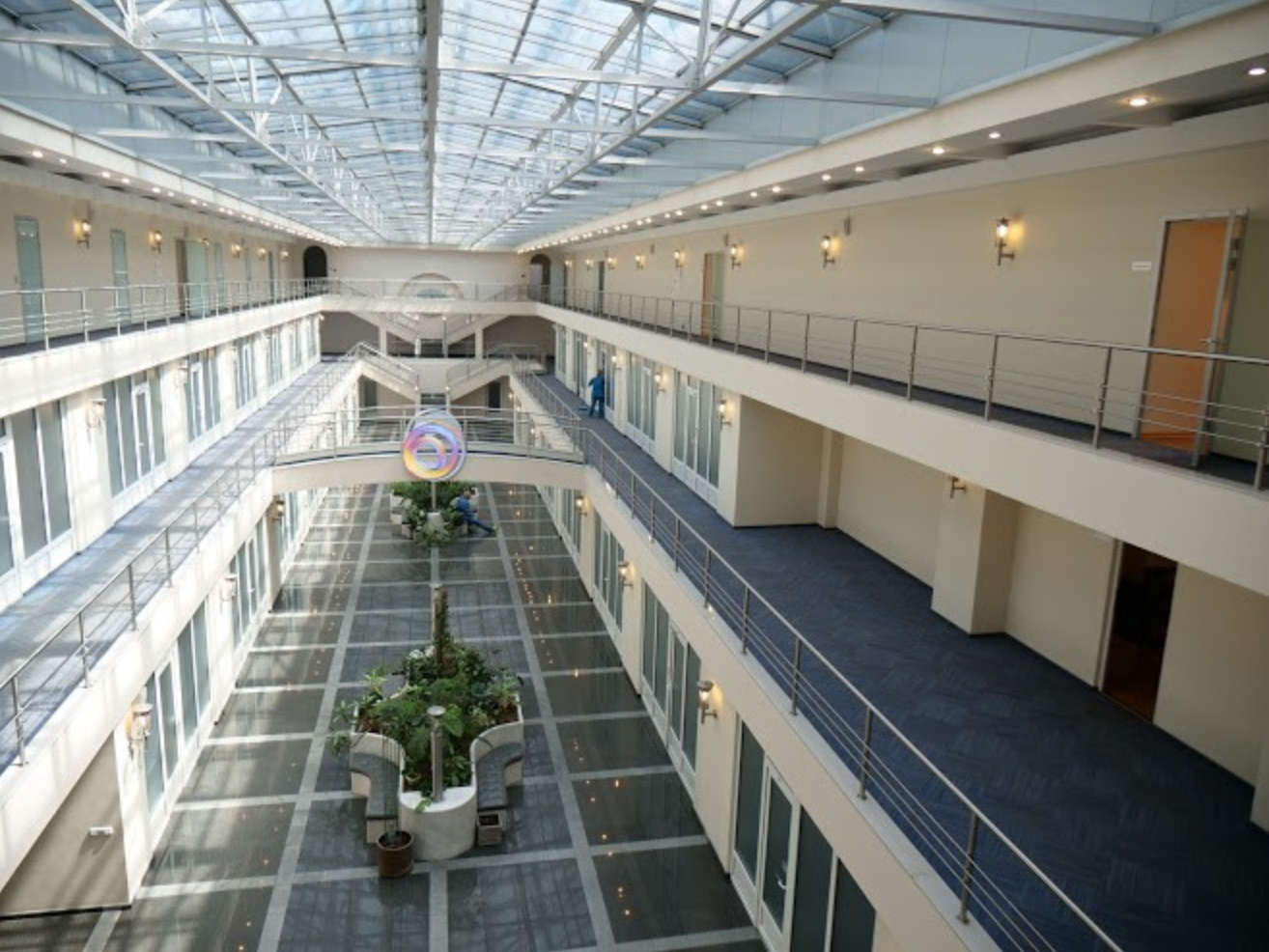Diagnosing diseases is a complex process, especially when it comes to a new infection. A set of diagnostic studies helps to interpret the clinical picture of the patient correctly and to propose the right treatment plan. The Moscow healthcare system adopted the following approach: outpatient computed tomography centers for patients with suspected coronavirus infection were opened at 48 metropolitan polyclinics from the onset of the COVID-19 outbreak. Under the supervision of therapists, a set of examinations was carried out: smears for PCR, a blood test for signs of inflammation, pulse oximetry to assess blood oxygen saturation, and ECG, including computer tomography (CT). Sergey Morozov, the Director of the Center for Diagnostics and Telemedicine, was appointed Coordinator of the centers.
Professor Morozov says: “Radiologists came to the aid of clinicians. Together, we worked as a team.” Leading the working group of the Center, Mr. Morozov took part in the set-up of radiation diagnostic departments in the re-profiled hospitals. He also provided methodological assistance to radiologists and nurses with the information system — the Unified Radiological Information Service (URIS). Based on foreign practice and the experience of clinicians, Mr. Morozov proposed to introduce criteria for assessing the severity of pneumonia according to CT and X-ray data, a functional separation of CT rooms, and routing of patients to reduce the risk of infection for both patients and medical personnel. Methodological recommendations and a checklist of COVID-19 preparedness in radiation diagnostics departments were also developed for specialists of the radiological diagnostic service.
According to the Professor, the re-profiling of medical organizations took only a few days. “All conditions for such work, the entire digital infrastructure, were prepared in the previous years. Computer tomographs were installed and connected to the URIS, X-ray technicians were trained, the group of radiologists was formed, and a reference center was created modeled after the Scientific and Practical Clinical Diagnostics and Telemedicine Technologies Center of the Moscow City Health Department, which provided expert assistance in complex cases, and much more. There was practically no need to attract additional staff to CT centers. Clinics were re-profiled: nurses and some doctors who had previously worked in other specialties came to the aid of the project nurses. Professionals in mammography, fluorography, and radiography underwent fast distance training and switched to CT,” said Morozov.
Outpatient CT centers have become a vital link for the Moscow healthcare system as they operate — 24 hours a day, 7 days a week. According to the clinical picture of the patient, doctors determine how to proceed with the patient treatment: patients can either stay under supervision at home or be admitted to a hospital.
Читайте полный текст статьи на сайте S-samburskiy.medium.com


